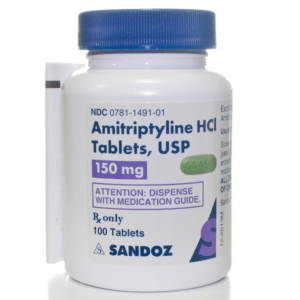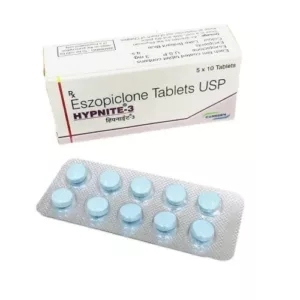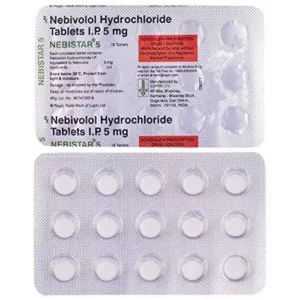LINAGLIPTIN is primarily used to treat Type 2 diabetes mellitus. It contains Linagliptin, which belongs to the class of dipeptidyl peptidase-4 (DPP-4) inhibitors used LINAGLIPTIN is prescribed for type 2 diabetes when diet and exercise alone cannot control their blood sugar levels. It works by blocking the action of DPP-4 (an enzyme that destroys the hormone ‘Incretin’). The enzyme ‘Incretins’ helps produce more insulin only when required and reduces the liver’s blood sugar level when not needed. LINAGLIPTIN should not be used in patients with type 1 diabetes and for the treatment of diabetic ketoacidosis. Thus, LINAGLIPTIN plays a vital role in controlling blood sugar levels and prevents serious complications of diabetes like eyesight loss (retinopathy), kidney (nephropathy), nerve damage (neuropathy), diabetic foot ulcer and delayed wound healing.
Take LINAGLIPTIN as prescribed. However, it should be taken at the same time of the day each time for best results. Your doctor will recommend you how often you take LINAGLIPTIN based on your medical condition. The most common side effects of LINAGLIPTIN are hypoglycaemia (low blood glucose levels), upper respiratory tract infection, nasopharyngitis (infection of nose and throat with common cold), and headache.
LINAGLIPTIN should not be stopped even if you feel better, without consulting your doctor as sugar level keeps changing. If you stop taking LINAGLIPTIN abruptly, it may increase your sugar levels, which could further increase the risk of eyesight loss (retinopathy), kidney (nephropathy) and nerve damage (neuropathy). LINAGLIPTIN should not be taken if you have severe kidney or liver disease. Please inform your doctor if you have any heart disease is or planning to get pregnant or breastfeeding.












Reviews
There are no reviews yet.